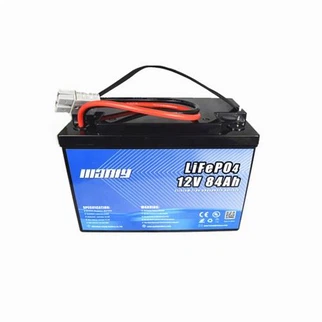According to the Malaysian Investment Development Authority, the Malaysian government will increase the proportion of renewable energy in installed capacity to 31% and 40% in 2025 and 2035, respectively, under the National Power Generation Plan.
Recently, ASEAN has made continuous commitments to improve energy security and energy resilience, and to build a low-emission electricity sector using renewable energy. Taking into account factors such as resource reserves and geographic location, most of Malaysia's clean energy will be provided by solar energy, while the country is also increasingly focusing on floating solar projects.
large solar project
The Sepang Power Plant is a large-scale solar power plant with a generating capacity of up to 50 megawatts and is managed and operated by TNB Renewables Sdn. Bhd. (TRe), a wholly-owned subsidiary of Malaysia's state power utility Tenaga Nasional Berhad.
This solar farm is one of the largest in Malaysia and is groundbreaking. There are 238,140 solar panels in the field. When it was put into operation in 2019, its power generation capacity was as high as more than 110,000 MWh, and the power generation facilities were fully utilized.
Located at Mukim Tanjung 12 in Kuala Langat, Selangor, the solar photovoltaic power plant will save 76,000 tonnes of carbon dioxide equivalent emissions per year, which is equivalent to the equivalent fuel emissions of about 36,000 cars in Malaysia. Its annual maximum generation capacity is more than the 6% previously declared to the off-takers (TNBs). The power plant also performed very well in 2020, generating 108,900 MWh, 5% higher than declared.
Compared with traditional framed solar panels, frameless double glazing technology increases production capacity, reduces soil pollution caused by traditional panels, and has a stronger reflective effect, TNB said.
Sepang’s digital technology prowess
In addition to glass technology, smart factory management, artificial intelligence applications and data analysis technologies are all essential parts of Sepang's success. TRe can use digital technology in Sepang to analyze delivery levels and weather forecasts to calculate the best time to clean the solar panels.
Using the latest analytical tools to improve cleaning capabilities, the company can save up to RM160,000 (US$38,571) in operating costs per year.
TRe partnered with Singapore-based Envision Digital to deploy cloud-based analytics applications to improve energy productivity and operational efficiency. These applications include EnlightTM Solar, EnsightTM Solar and Recaster, and Envision Digital's AIoT operating system EnOSTM has also been deployed.
The end-to-end solution increases the productivity of TRe's operations team, who can view the solar farm's operational status, generation performance, delivered power, and accurate power forecasts at any time. This also increases operational and maintenance efficiency and ensures efficient management of renewable energy technology assets.
Using cloud computing solutions, the performance of solar farms can be monitored and analyzed remotely, ultimately maximizing project ROI.







